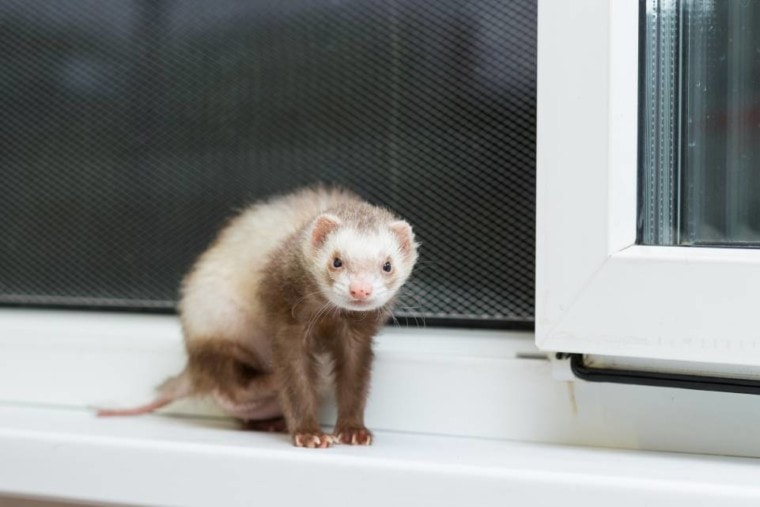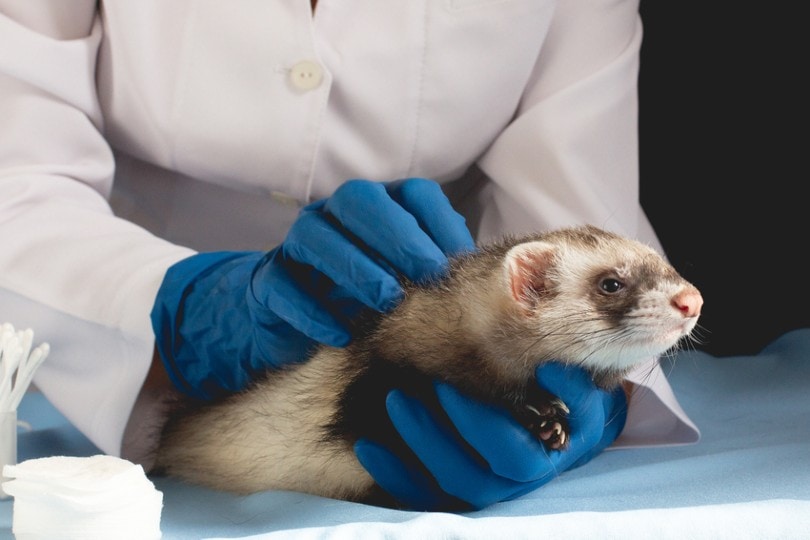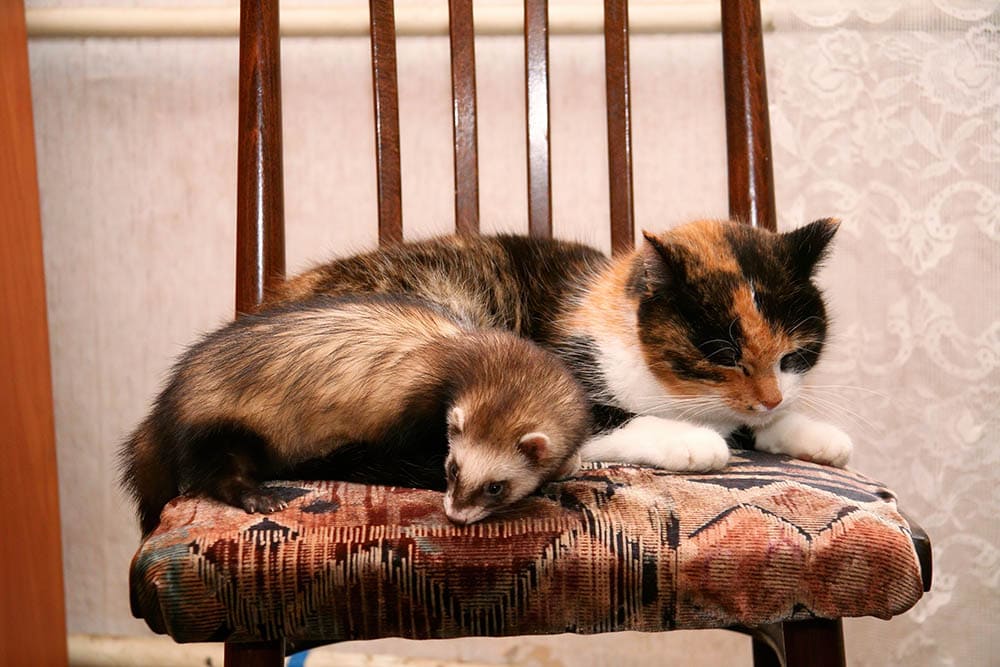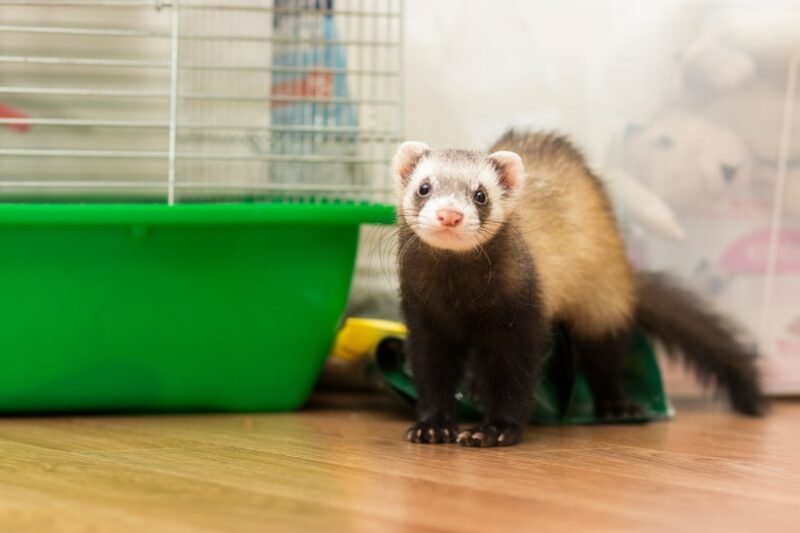
Ferrets are fun pets to live with due to their social nature and curious personality. However, some things, like fleas, can make ferret ownership less fun and more stressful overall. It is common for ferrets to get fleas, especially the ones that live with cats or dogs. Luckily, ferrets and their owners do not have to live with flea infestations throughout the year. Getting rid of fleas takes more than buying an over-the-counter spray and treating your ferret with it, however. Here is a step-by-step guide that you can use to get rid of your ferret’s fleas and to make sure that the fleas stay gone throughout the year.
The 5 Steps on How to Get Rid of Fleas on Ferrets
1. Give Your Ferret a Bath
The first thing to do is bathe your ferret to kill any adult fleas that are living on the animal. Do not use flea shampoo found at the store, as these products contain chemicals and poisons that could be toxic to your ferret. Since ferrets like to groom themselves throughout the day, the chances are that they will ingest some of the chemicals left behind after being bathed with flea shampoo. Instead, use natural dish soap.
The suds will help drown and kill the fleas but will not leave behind any residue to worry about. Thoroughly yet lightly scrub every inch of your ferret’s body to ensure that you reach all the fleas’ hiding places. After thoroughly scrubbing and rinsing your ferret off, use a towel to remove as much water as possible from the ferret’s fur. You may discover dead fleas clinging to the towel when you are finished, so it is a good idea to throw it directly into the washer and wash it using hot water.

- Related Read: How to Bathe and Groom a Ferret
2. Utilize a Flea Comb
After bathing your ferret, it is important to take the time to comb them with a special flea comb found at a pet shop. The same flea comb that is used on cats can also be used on ferrets, so there is no need to search for a special tool of any kind. Start with the head, and work your way back through the tail. The comb should pull out any live and dead fleas that made it throughout the bathing process and should leave your ferret completely free of fleas.
3. Talk to Your Veterinarian
It is a good idea to talk to your veterinarian about any preventative flea medications that you can administer to your ferret that will minimize the risk of another flea infestation developing in the future. Some products, such as Advantage, have shown promising results for ferrets, but others lead to negative side effects. Therefore, products like these should be used only if your veterinarian recommends them and supervises the treatment process.
- Read Also: 8 Best Ferret Shampoos: Reviews & Top Picks

4. Treat Your Home
Bathing and treating your ferret will get rid of any fleas living on the ferret, but it will not stop fleas from congregating in your home and reinfesting your ferret later. You must get rid of any flea eggs that are hiding out around your house so they cannot hatch and turn into adult fleas. First, thoroughly vacuum your house and wash all your ferret’s bedding in hot water. You should spray your furniture and throw pillows with a flea treatment. Keep your ferret away from the sprayed areas for a day or two, until the chemicals in the spray have had a chance to dissipate.
If the infestation is bad, you may need to use flea bombs throughout the house — just make sure to take your ferret with you when leaving the place. For long-term results, vacuum and wash all the bedding once a week for about a month to make sure that you get rid of all the fleas and eggs.
5. Keep an Eye Out for Signs
Finally, once you have treated your ferret and your home, you should keep an eye out for signs of fleas daily. Look for signs of flea eggs on and around your ferret’s bedding, and check your ferret for fleas whenever you handle them. Check your other animals for signs of fleas at least once a week. You can occasionally groom your ferret with a flea comb to see if it catches any fleas or eggs. At the first sign of a flea problem, start at the beginning of this step-by-step guide again as soon as possible to get the problem under control before it becomes too overwhelming.

 Conclusion
Conclusion
Part of taking care of our beloved pet ferrets means taking care of fleas when an infestation occurs. The process is never fun, and it can be time-consuming, but it is necessary. Prevention is the best method when it comes to controlling fleas, as with any luck, you will never experience a full-on flea infestation in your home.
Featured Image Credit: Fayzulin Serg, Shutterstock






